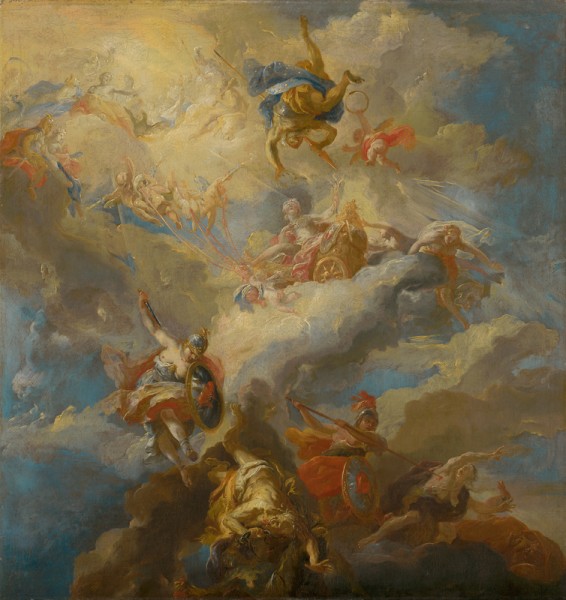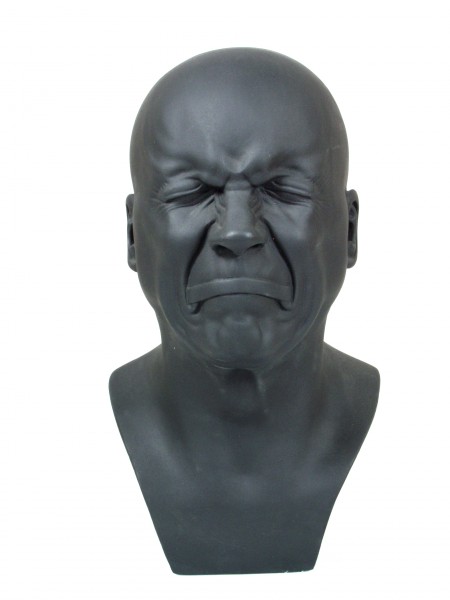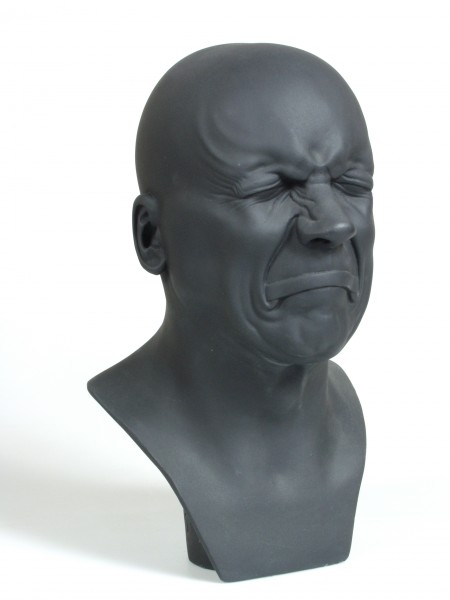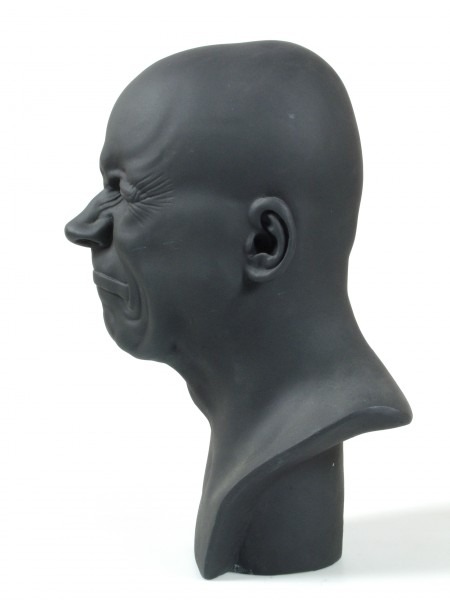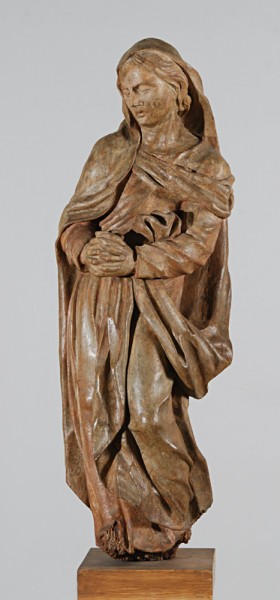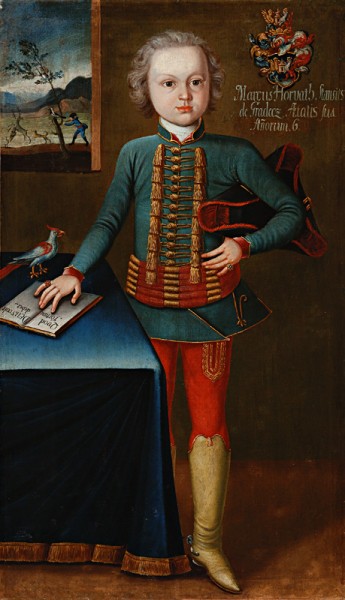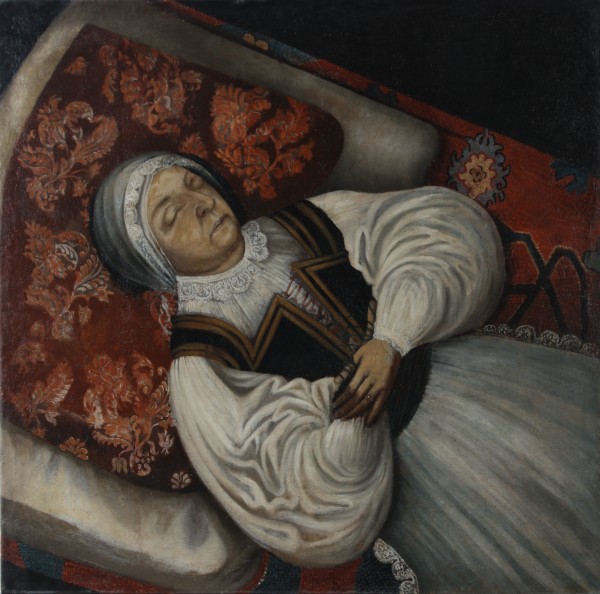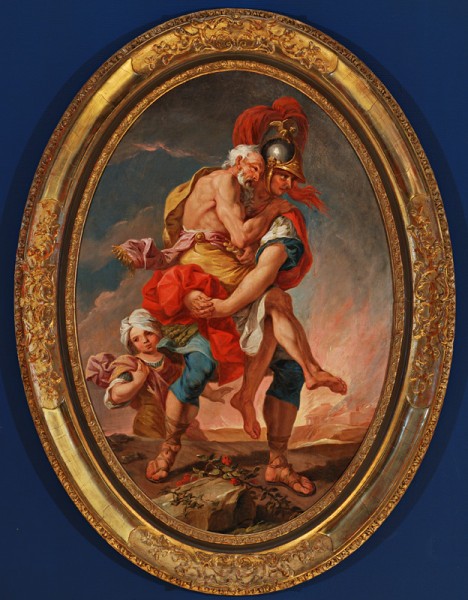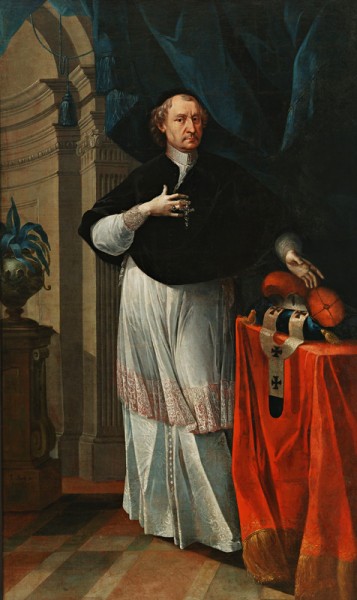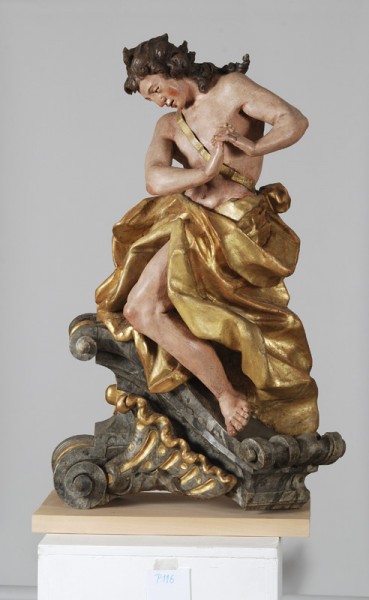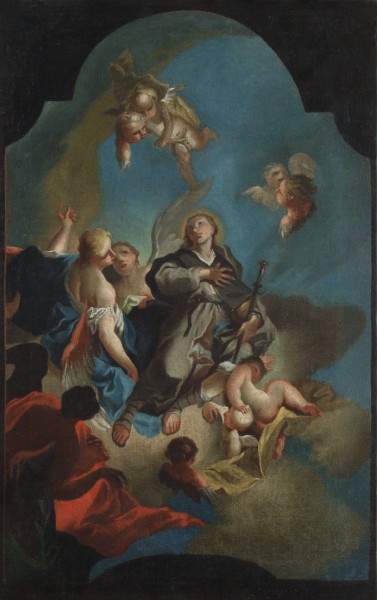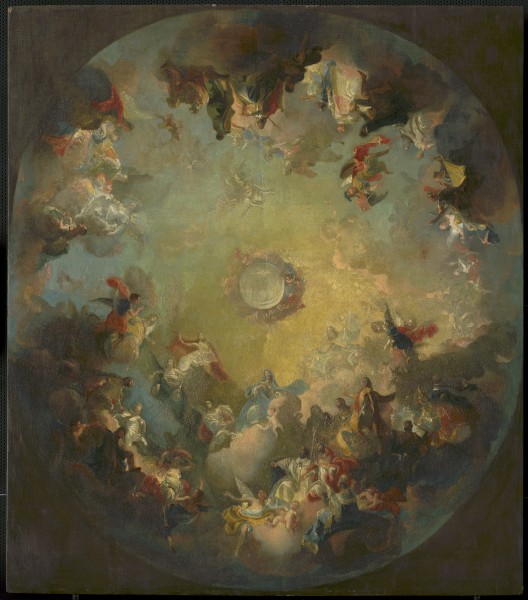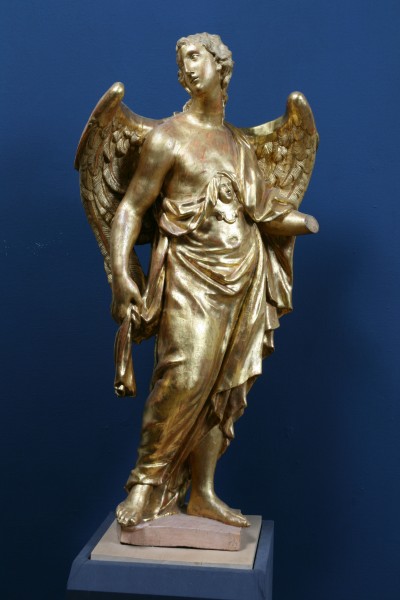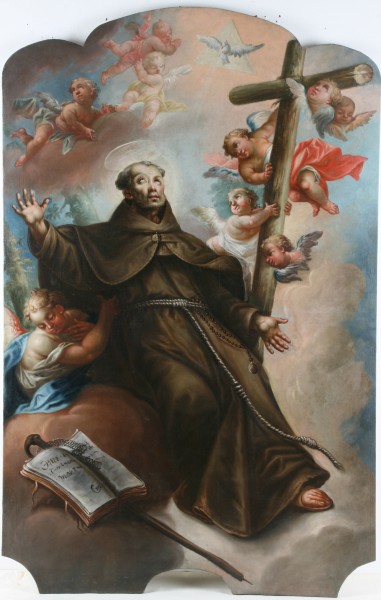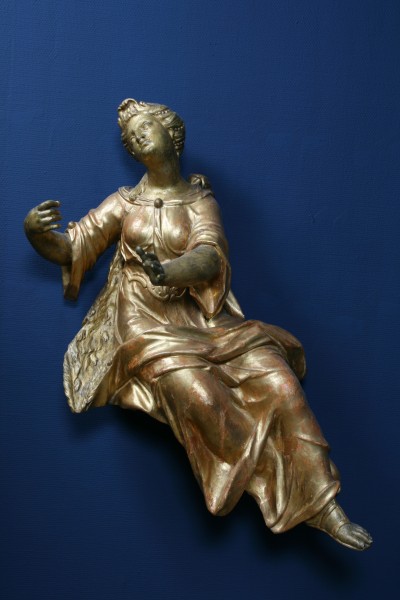The forming of the Collection of Art of the 16th – 18th Centuries in Slovakia began with the founding of the SNG in 1948 and the acquisition of two high quality canvases by J. Bogdan, a native of Prešov with Dutch training. The foundation of the collection consists of works from the Slovak Museum, the Ministry of Education and Adult Education and abandoned and confiscated aristocratic estates. It later grew with the gradual acquisition activities carried out by the expert staff of the gallery. An overview of the acquisitions of the past decades (1970 – 80; 1989 – 2000) has also been presented to the general public in the form of independent exhibitions with catalogues. The creating of this collection of fine art expression of Central Europe with an emphasis on the current territory of Slovakia was accompanied by research and interpretation studies of individual works of art that were compiled in the scientific catalogue of the collection published by the SNG in the FONTES series (M. Keleti, 1983). Certain data were subsequently updated in the SNG publication Umenie Slovenska (Art of Slovakia) (Bratislava 1996). The publication Dejiny slovenského výtvarného umenia – Barok (A History of Slovak Fine Art – Baroque) (edit. I. Rusina, SNG Bratislava 1998) presents the newest overview to date of Baroque art development in Slovakia with the incorporation of some of the works of the above mentioned SNG collection. A representative sample from this collection was also included in the publication entitled 111 diel zo zbierok SNG (111 Works from the SNG Collections) (ed. D. Buran, K. Müllerová, SNG Bratislava 2008) on the occasion of the 60th anniversary of the founding of the SNG.
The collection is continuously growing through new acquisitions, whose selection is focused on the purchase of works by key artists, as well as quality examples of fine art implementations from local art centres. The most noteworthy of these recent acquisitions are the Lichtenstein casts of Character Heads by F. X. Messerschmidt which added to the largest collection in the property of the SNG. The collection of damaged works of Baroque art of the 18th century, which the SNG acquired from Kremnica (all but one of which have been restored and presented to the general public) is also unique. This collection features an iconographically unique carving of Morový krucifix (Plague Crucifix) from the beginning of the 18th century, the painting, Klaňanie kráľov (Adoration of the Magi) according to the model of Italian artist, C. Maratta, and a trio of large altar canvases by A. Schmidt, one of the key Baroque artists of the Central Slovak mining towns. They are the following: Sv. Peter z Alcantary (St. Peter of Alcantara) from the Loretto Chapel of Kremnica’s Franciscan Monastery; Smrť sv. Jozefa (The Death of St. Joseph) and Ukrižovanie (Crucifixion) from the side altars of the former parish Church of Beatified Virgin Mary in Kremnica).
In addition to the exhibitions mentioned above, acquisitions and smaller exhibitions of restored items of this collection between 1580 and 1780 have been presented in numerous SNG exhibitions, as well as in exhibitions of other domestic and foreign institutions. Twenty-four Baroque works from this exhibition were first displayed in 1966 in Bratislava and later in Zvolen at the retrospective exhibition of a team of authors entitled Dvanásť storočí výtvarného umenia na Slovensku (Twelve Centuries of Fine Art in Slovakia). In comparison with the first presentation of Baroque from Slovakia in Prague in 1937 (Staré umenie Slovenska / Old Art of Slovakia) this comprised a smaller set. The Bratislava exhibition pointed out not only the imbalance between the extent of the collection in comparison with Gothic and 19th century art, but also the lack of research on this period. Intensified acquisition activities and expert research enabled the SNG to open an even more abundant exposition in spring 1977. Shortly afterwards it was reduced to a fragment based on the orders of superiors; however in 1981 it was again complemented according to the original scenario, when a collection of icons from northeast Slovakia was added. In 1994, the reinstallation of the SNG’s permanent exposition under the title, Baroque Art of Slovakia constituted a new opportunity to present the collection in its full breadth, from works from the end of the 16th century featuring the early positions of modern art up to the fading of Baroque with an indication of the trends from the end of the 18th century. The current form of the permanent exposition, which is smaller but more related to its title in terms of content, is from 2001. This collection (except for publications) is presented at short-term and long-term SNG exhibitions such as the exhibitions from the cycle Dejiny slovenského výtvarného umenia Barok (A History of Slovak Fine Art - Baroque) (1998) and Renesancia (Renaissance) (2009), both accompanied by extensive publications. Recently, the exhibition-publication projects Miesto zázrakov (Place of Miracles) Premeny barokového oltára (Baroque Altar Transformations) (2005) Ars Inter Arma., Umenie a kultúra raného novoveku na východnom Slovensku (Art and Culture of Early Modern Times in Eastern Slovakia) (2008) and the current Industriálna krajina? Stredoslovenské banské mestá v 16. - 18. storočí (Industrial Country? Central Slovak Mining Towns in the 16th – 18th Century) (2010) were dedicated to the issues of Baroque art that dominate in the collection.
Curator of The Baroque Art Collection: Katarína Chmelinová

